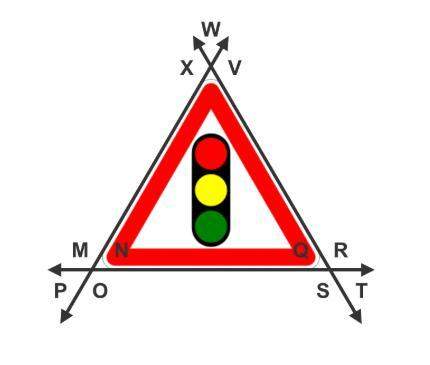
Mathematics, 27.02.2020 22:57 brillamontijo
In a recent school newspaper survey, 3,000 randomly selected teenagers were asked to cite their primary transportation method to school. Fifteen of 20
teenagers said they use their own car to get to school. A 90% confidence interval to estimate the true proportion of teenagers who drive their own car to
school is found to be (0.5907, 0.9093). Which of the following is a correct interpretation of the confidence level?
- Ninety percent of the time, the procedure used to generate this interval will capture the true proportion of teenagers who drive their own car to
school
- Ninety percent of all samples of this size would yield a confidence interval of (0.5907, 0.9093).
- There is a 90% chance that the true proportion of teenagers who drive their own car to school will be (0.5907, 0.9093).
- Ninety percent of all the samples of size 3,000 lie in the confidence interval (0.5907, 0.9093).
- There is a 90% chance that randomly selected teenagers will be part of the 75% who drive their own car to school.

Answers: 1


Another question on Mathematics

Mathematics, 21.06.2019 20:30
Which expression demonstrates the use of the commutative property of addition in the first step of simplifying the expression (-1+i)+(21+5i)+0
Answers: 2

Mathematics, 21.06.2019 21:30
If t17 = 3 (t5) in an arithmetic progression, find t1 in terms of d.
Answers: 1

Mathematics, 21.06.2019 23:00
Each of the following data sets has a mean of x = 10. (i) 8 9 10 11 12 (ii) 7 9 10 11 13 (iii) 7 8 10 12 13 (a) without doing any computations, order the data sets according to increasing value of standard deviations. (i), (iii), (ii) (ii), (i), (iii) (iii), (i), (ii) (iii), (ii), (i) (i), (ii), (iii) (ii), (iii), (i) (b) why do you expect the difference in standard deviations between data sets (i) and (ii) to be greater than the difference in standard deviations between data sets (ii) and (iii)? hint: consider how much the data in the respective sets differ from the mean. the data change between data sets (i) and (ii) increased the squared difference îł(x - x)2 by more than data sets (ii) and (iii). the data change between data sets (ii) and (iii) increased the squared difference îł(x - x)2 by more than data sets (i) and (ii). the data change between data sets (i) and (ii) decreased the squared difference îł(x - x)2 by more than data sets (ii) and (iii). none of the above
Answers: 2

You know the right answer?
In a recent school newspaper survey, 3,000 randomly selected teenagers were asked to cite their prim...
Questions








Social Studies, 19.09.2019 17:10

English, 19.09.2019 17:10


English, 19.09.2019 17:10

History, 19.09.2019 17:10


History, 19.09.2019 17:10




Mathematics, 19.09.2019 17:10

History, 19.09.2019 17:10




